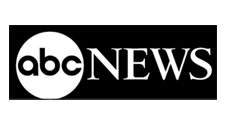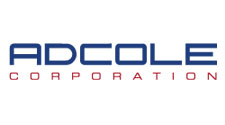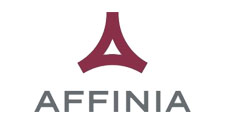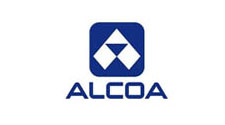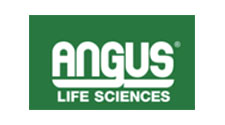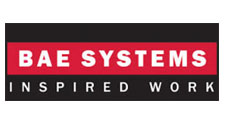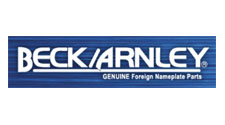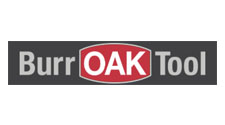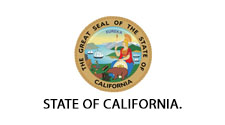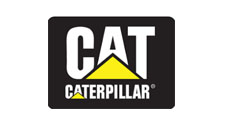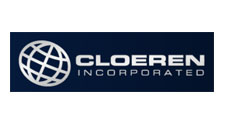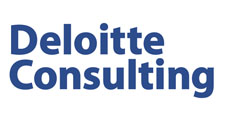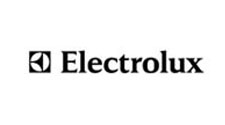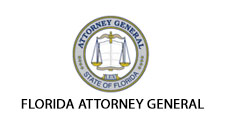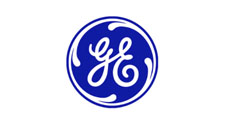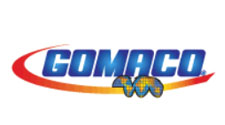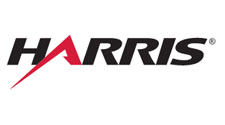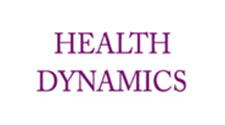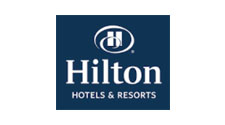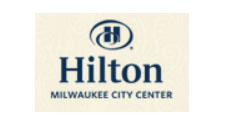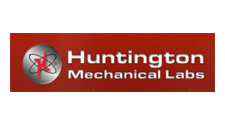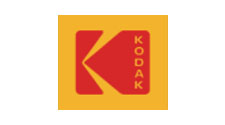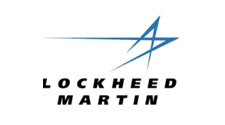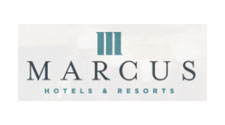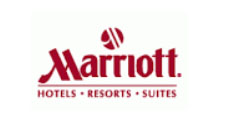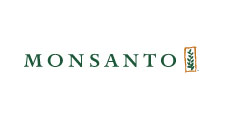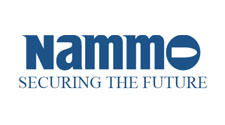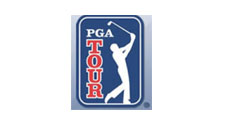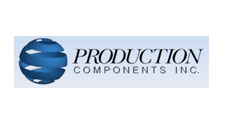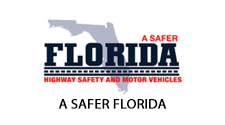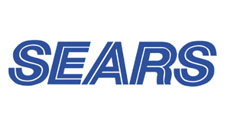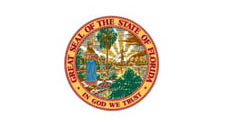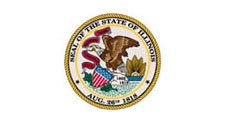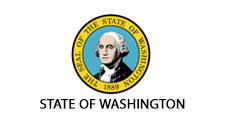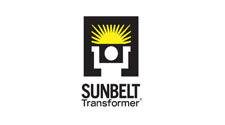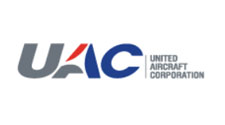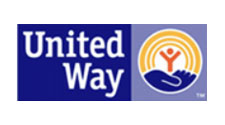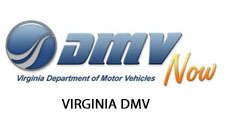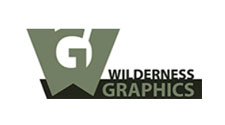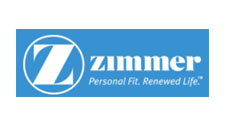Proven expertise for over a quarter of a century
To ensure that your materials are effective in a foreign language, you’ll want to make certain that they are accurate, and that the tone, special nuances, and graphic identity are maintained in the translated versions. To avoid those pitfalls and any cultural gaps or linguistic misunderstandings, we follow specific procedures.We provide translations into any language, by subject-qualified professional industrial translator-editor teams working into their native languages.

Selection of the translator(s)/editor team
Our translators translate only into their native languages, giving our work a fluid, local flavor. The translator is not just a language communicator, but also a cultural communicator as well. The translator/editor team will be familiar with your subject matter, whether it’s advertising copy, medical, computers and software, marketing, law, finance or any other subject. By tapping into our global network of native language degreed professionals, we can handle complicated projects in multiple languages.
Selection of the Translator
The following are some of the criteria we employ when selecting a subject-specific translator:
- Native speaker of the target language.
- Degreed professional.
- A minimum of seven years experience in the subject being translated. As a rule, an engineering manual will be translated or reviewed by an engineer; medical documents will be translated or reviewed by a physician, etc.
- We test them with a series of small projects: those projects are reviewed and graded, and only those translators with highest marks are entrusted with more projects. Gradually the ones who survive are given projects that are bigger in size and complexity. It is a long process where quality, timeliness and ability to work well with a group are being measured. See our quality form.
What Industries Need English to Arabic Translation?
We provide English to Arabic translation services to clients from the following industries and more:
- Academics
- Energy and Gas
- Finance and Banking
- Legal
- Marketing
- Advertising
- Transportation
Engineering
- Tourism
- Medical and Healthcare
- Pharmaceuticals
- Business
- Technical Writings
The translator/editor team selected will go through the multi-step process of agreeing on the following:
- Acronyms – How to deal with them, e.g. the first occurrence should include an explanation between brackets.
- Bulleted and numbered lists – Agree on the standard to be used for capitalization of the initial letter and ending each item with a period or another punctuation mark.
- Capitalization – When and where to use capitals.
- Numerals/Measurements – How to write numbers and measurements and which conversions to include.
- Captions – Style to be used for image captions or callouts.
- Americanisms – Avoid the use of Anglicisms or Americanisms.
- Spelling – Take into consideration if the target language is spoken in different variants in different countries: agree to a standard to be used with client, e.g. Latin American Spanish or Castilian (Iberian) Spanish
- Punctuation – Apply the punctuation rules of the target language, e.g. how many spaces after a period, etc.
Terminology Management
Terminology management consists of identifying, extracting, storing, re-ordering, and updating significant terms with their translations. In most cases the client will provide Access Translation Services with a language style guide and terminology glossary.
If no glossary is provided, a glossary of terms is developed specific to your company and your field to ensure linguistic consistency throughout the target language. We ask the client for approval of the terminology list before proceeding.
Adaptations
It is often necessary to modify the source text that contains “country-specific” statements which require adjustments for the target language. Some examples are:
- “1-800” phone numbers for the United States.
- Local support or contact information.
- AM/PM time specifications.
- Country- and culture-specific icons and symbols.
- Metric or other conversions.
Style
In technical translation, it is advisable to use active voice and active verbs. We should try to avoid following the word order of the source language too closely.
We avoid the jargon, slang, and humor of documents originating in the United States, always keeping in mind the target audience and adjusting the style to suit local conventions.
Cultural Appropriateness
We identify and avoid culture-specific mistakes before your bottom line suffers. We are your partner, capable of managing every aspect of the technical communication process while preserving the distinct flavor of your company or product. The translation should read as if it were written originally in the target language, complying with local customs and regulations.
Editor
This key linguist is a degreed professional and a subject-qualified veteran who makes certain that the final product has both linguistic and technical accuracy, assuring that the final product conforms to the translator’s work and is “faithful” to your original version.
Our Prices
Our prices are fully quoted in advance, usually on a job-by-job or project basis, and there are no hidden charges or other surprises. Our price quotation includes precise estimates of delivery times.
Turnaround Time
As your partner, we recognize the value of quick turnaround time. Before we begin a project, we carefully assess your needs and confirm your timetable. We will establish a target date and meet or beat the deadline.
Clients We Serve
What Our Clients Are Saying
Translation Services

